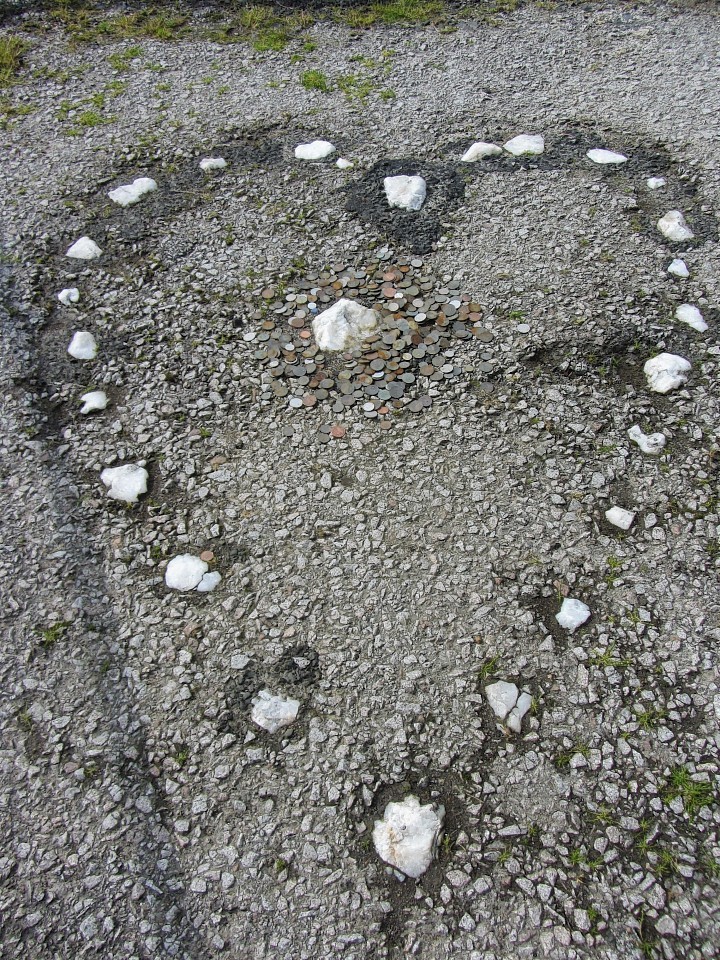A patch of land on an Argyll hillside has become the first ever site linked to Scotland’s traveller community in Scotland to be recognised as having national cultural significance.
Tinkers’ Heart – a heart-shaped formation of quartz stones where traveller weddings have been held for decades – has officially been added to the schedule of National Monuments.
Barbara Cummins, director of heritage management at Historic Scotland, confirmed the move yesterday.
It came after traveller, author and storyteller Jess Smith petitioned the Scottish Parliament to make Tinkers’ Heart – which sits above the A83 Rest and Be Thankful – a protected area.
At first, Ms Smith’s efforts to have the sacred spot officially recognised were turned down.
The Tinkers’ Heart has over the years become a place for trysting and weddings among the traveller community.
Last night, she said the was grateful for the decision.
Ms Smith said: “This recognises not just the relevance and value of the site but also the important role that travelling people have played in Scotland’s national story for generations.
“I am grateful to all those who have supported the case and especially at those times when Historic Scotland seemed so determined to refuse the careful and detailed arguments we put forward.”
Ms Cummins said persistence of campaigners had urged Historic Scotland to think again.
She said: “It has taken a long time to get to this point and I’m delighted that we’ve finally been able to add Tinkers’ Heart to the Schedule of Monuments of National Importance.
“I’d like to express my sincere thanks to all those who contributed to our public consultation, which allowed my team to gather enough new evidence to ensure that the decision to schedule the site was the correct one. Particular mention should also be given to the petitioner, Jess Smith, to local community group Here We Are, who were extremely helpful and encouraging throughout the whole process, and the landowner.”
Ms Cummins said it has been well documented that at first Historic Scotland originally chose not to schedule the site.
She added: “The persistence of a group of campaigners, persuaded us to carry out an internal review of our processes. In doing so we came to the conclusion that understanding of the material heritage of Scottish travellers is not as advanced as it could be, and so we launched a consultation exercise to gather more evidence, and made the first steps with academic partners to explore this somewhat neglected area of Scottish culture.”
